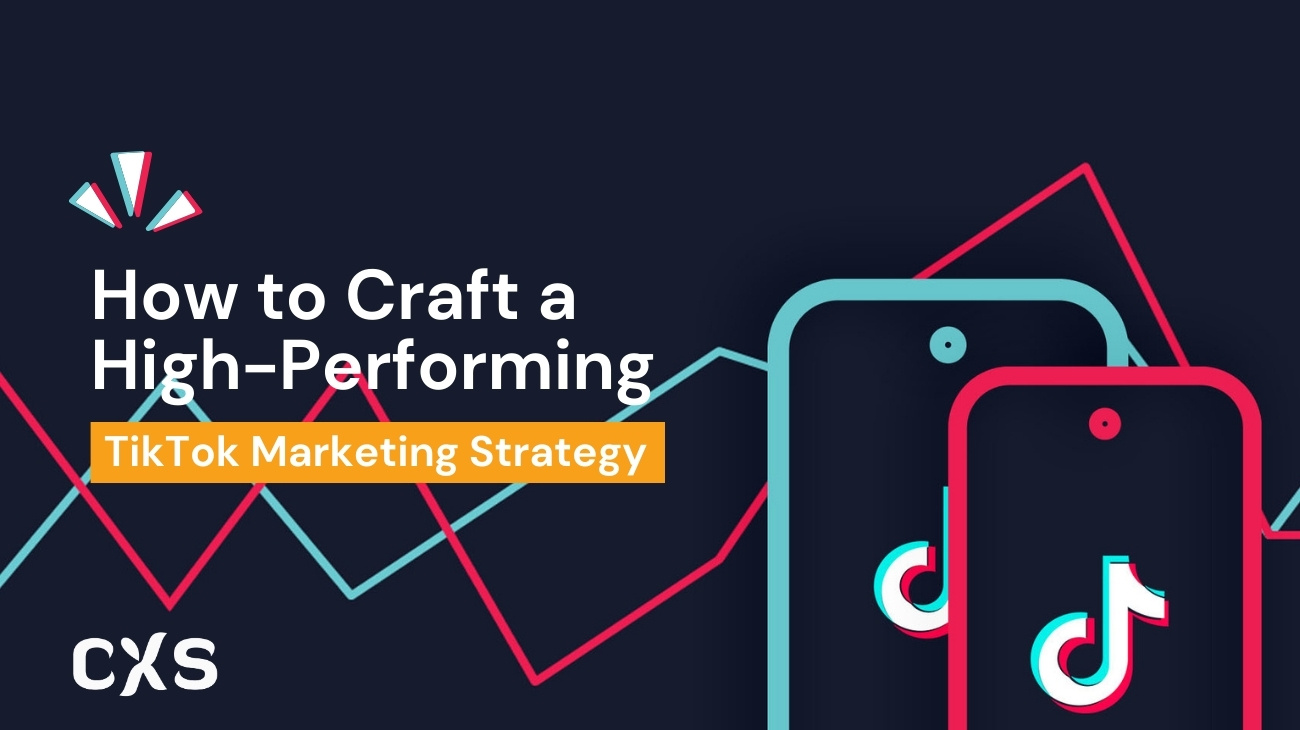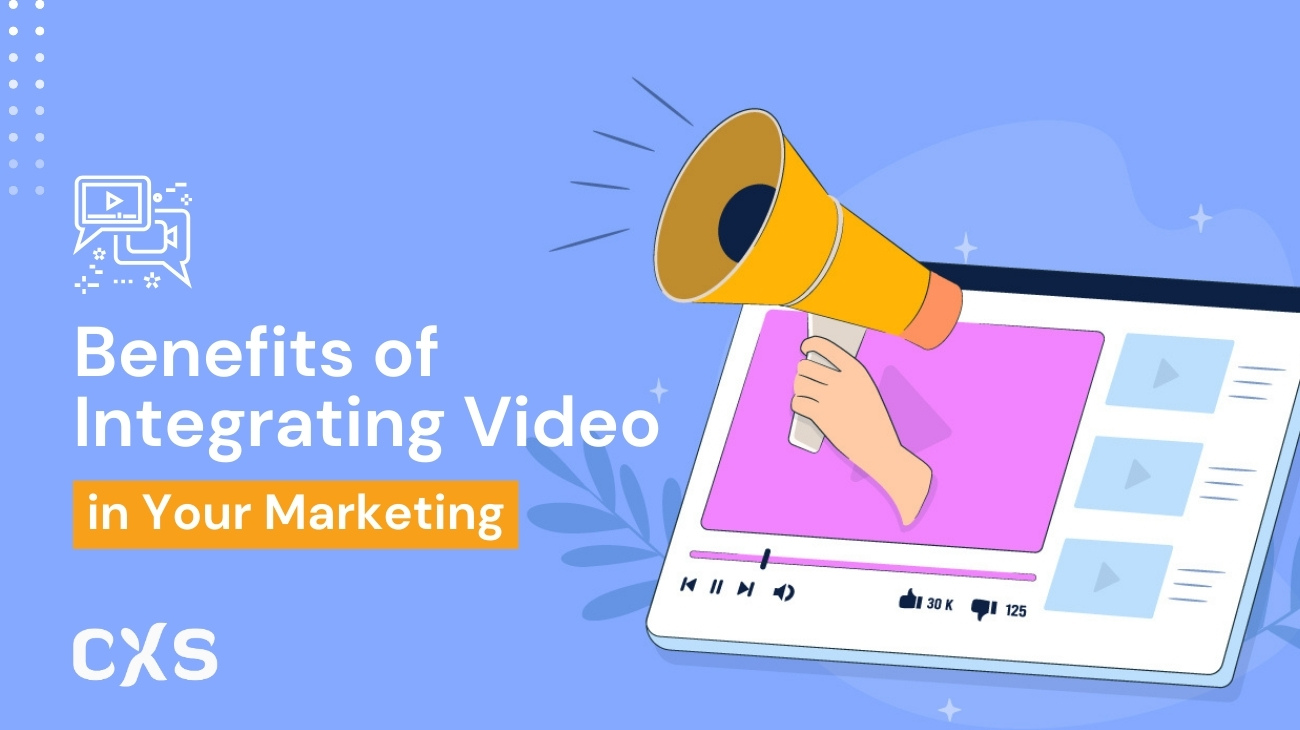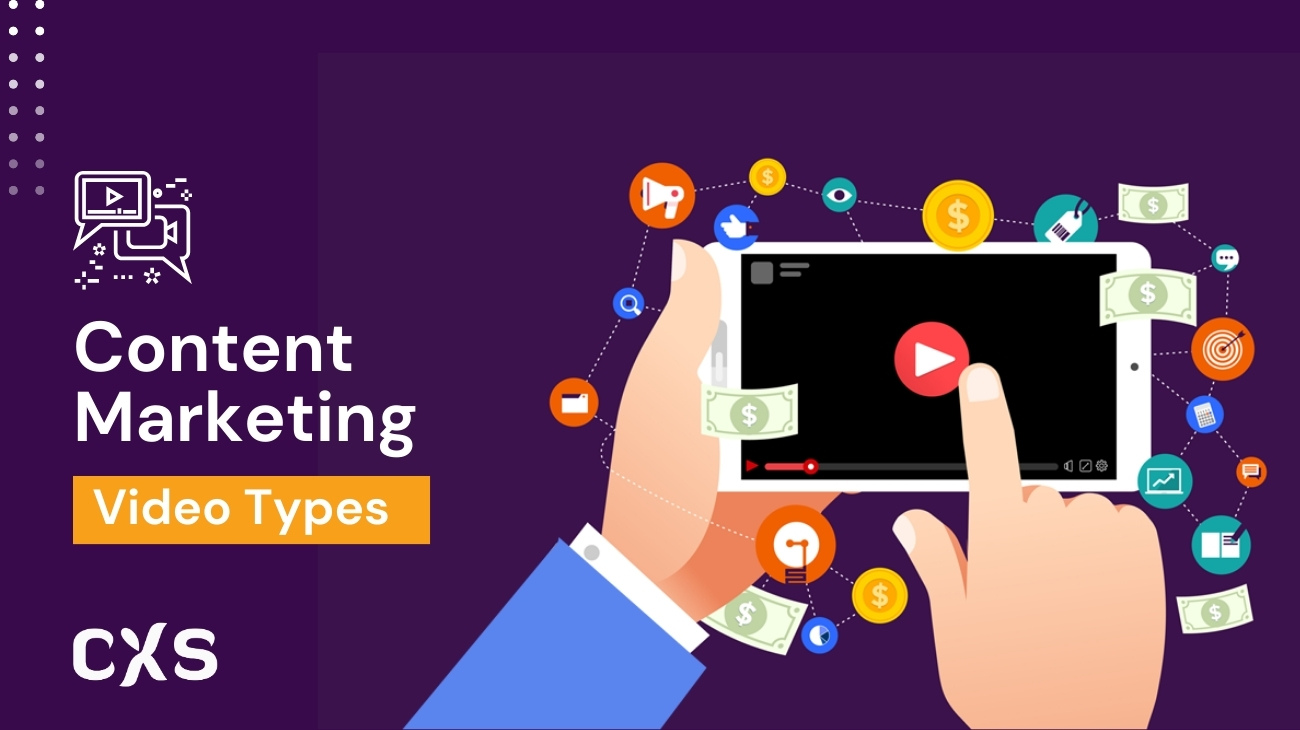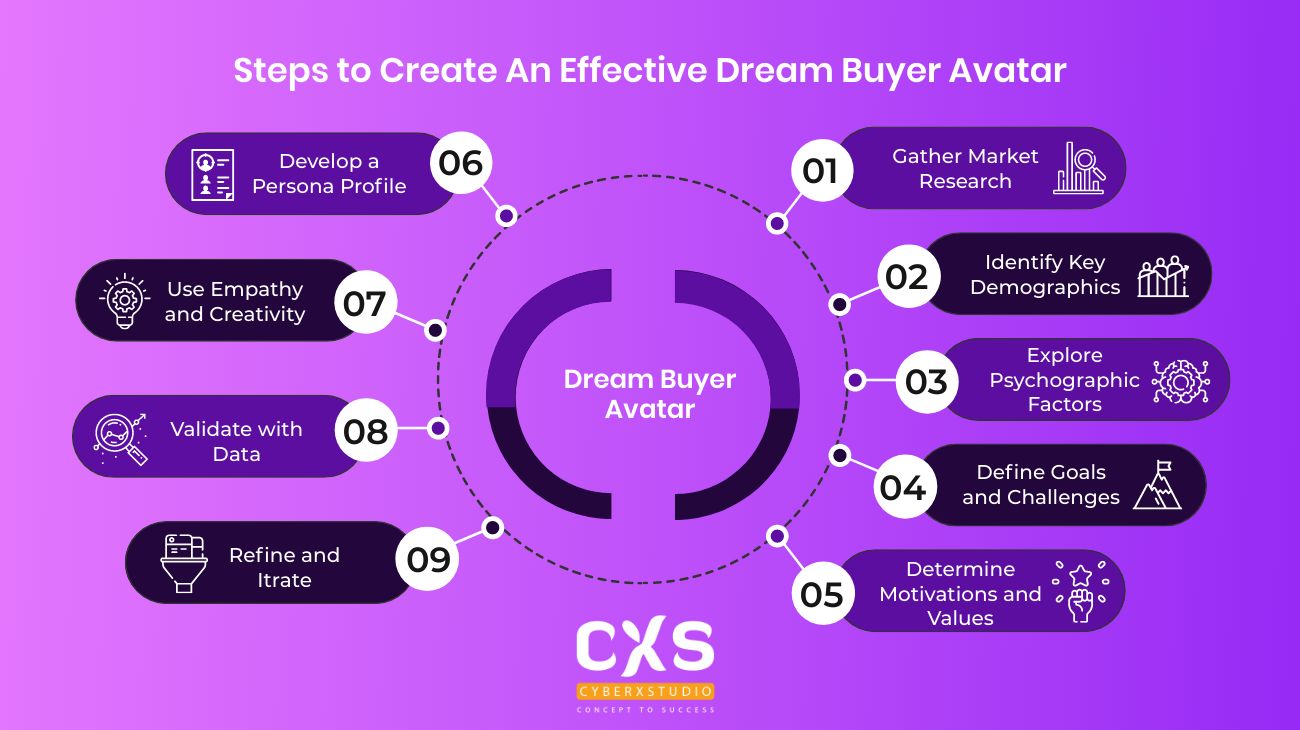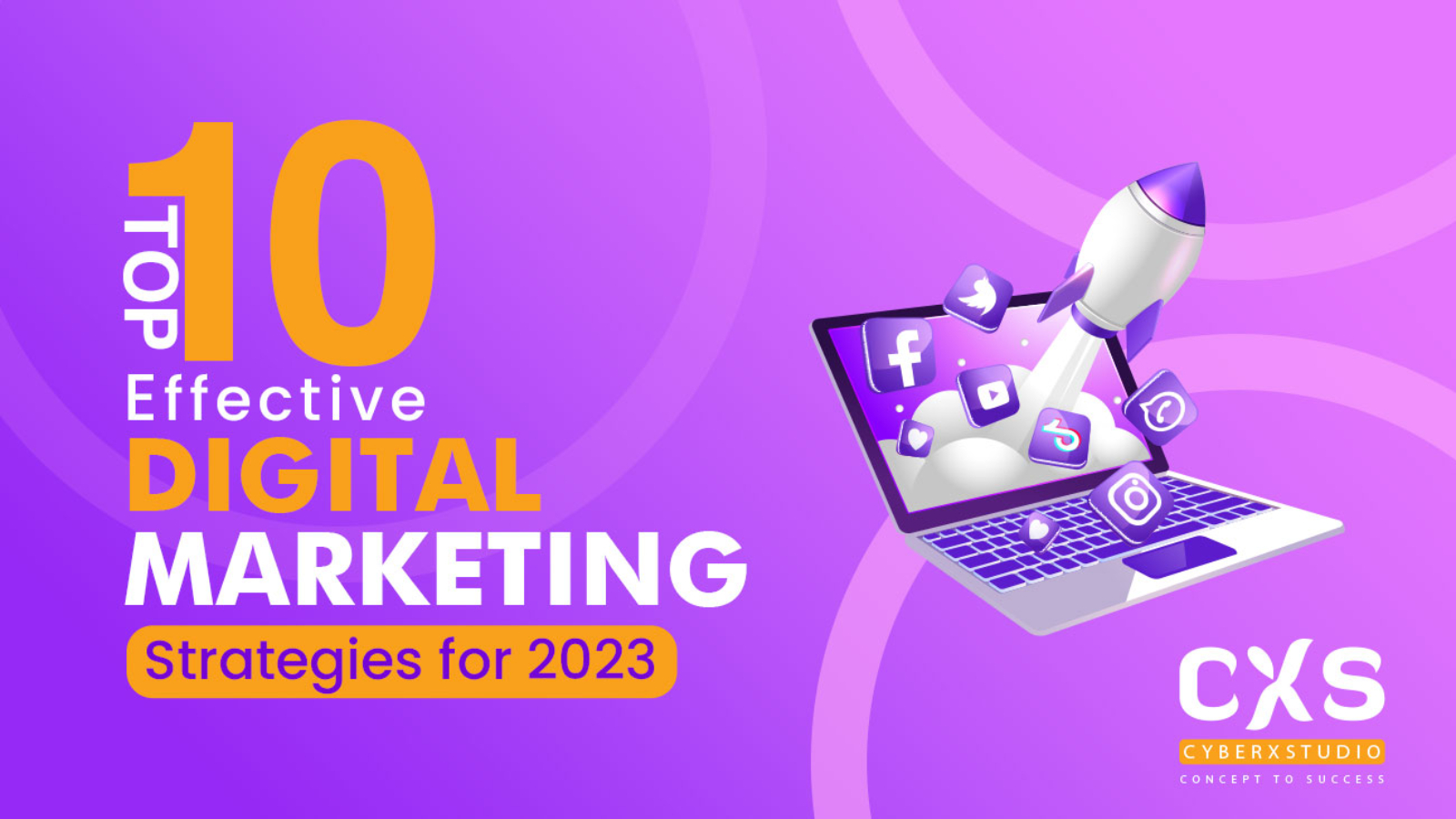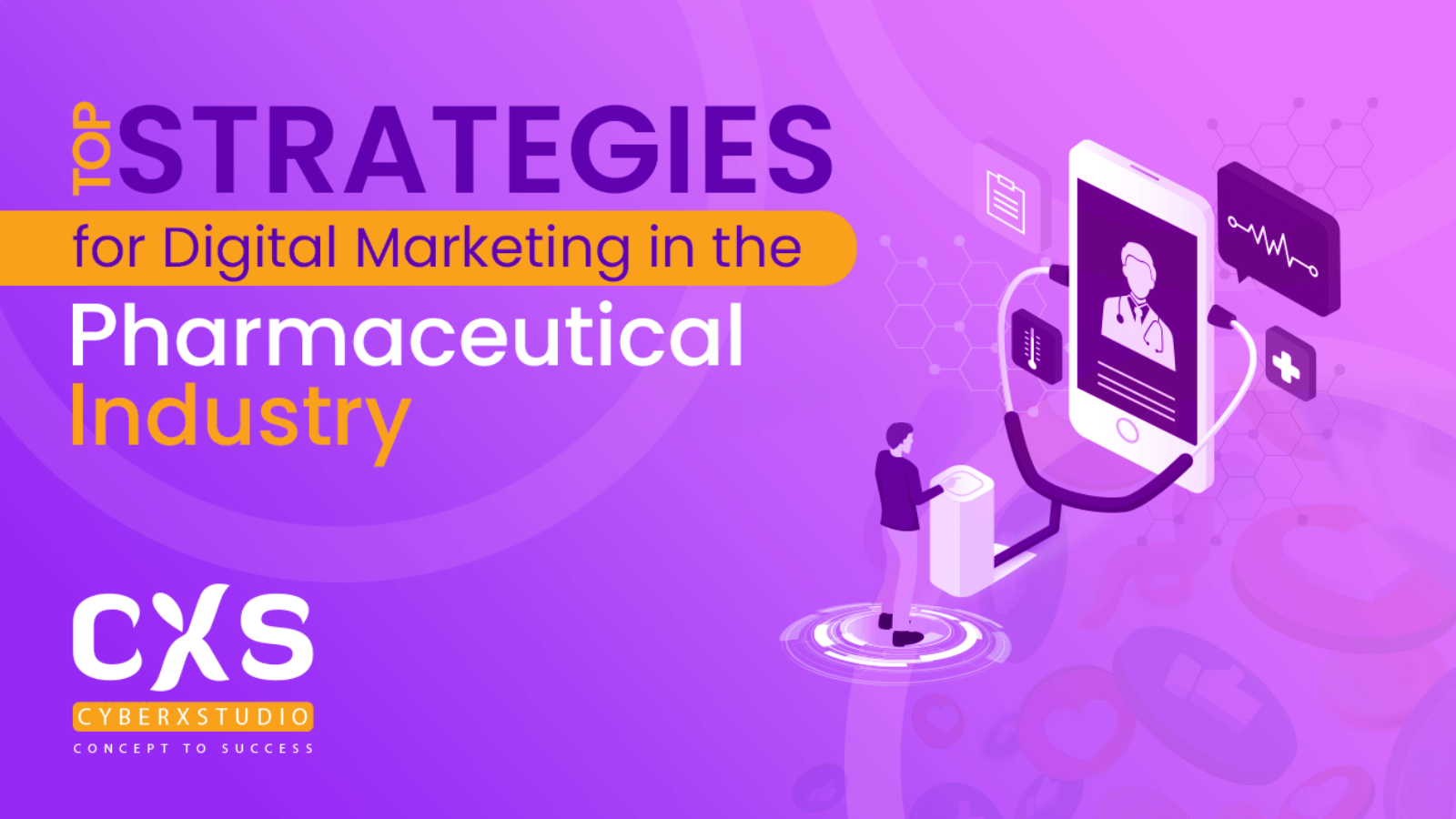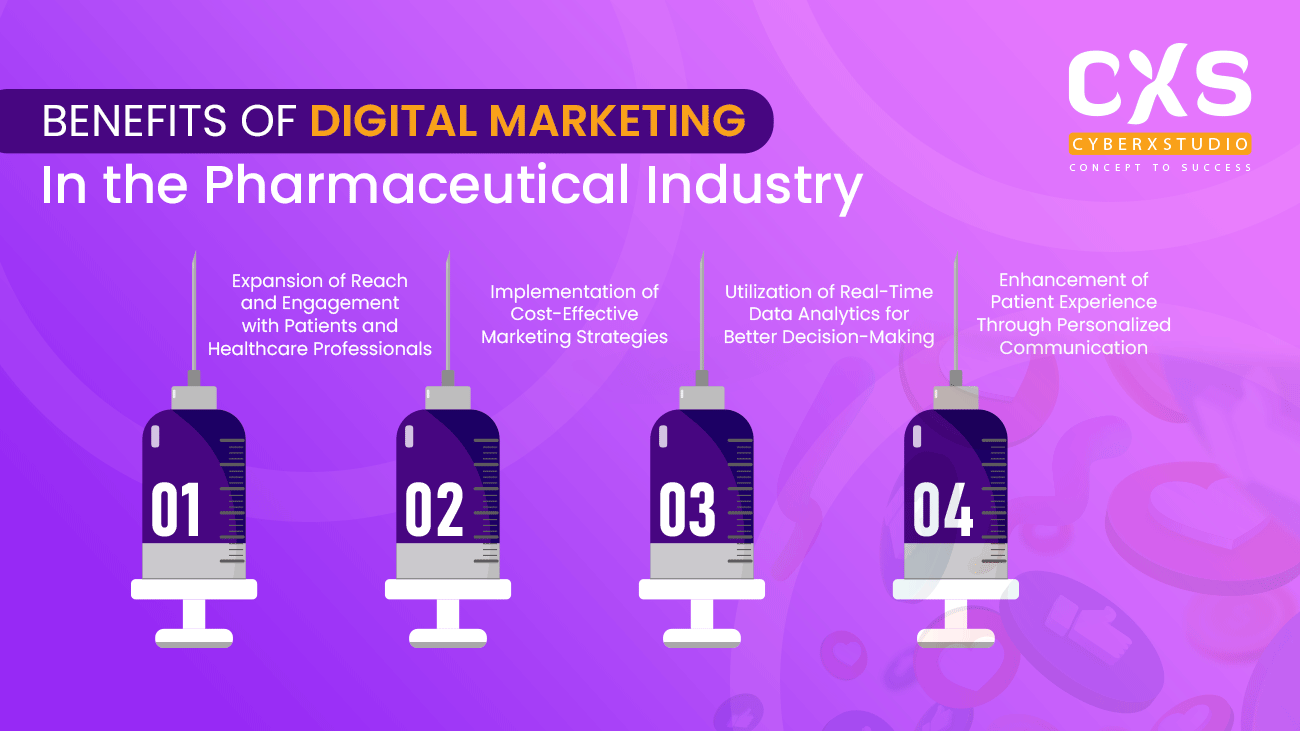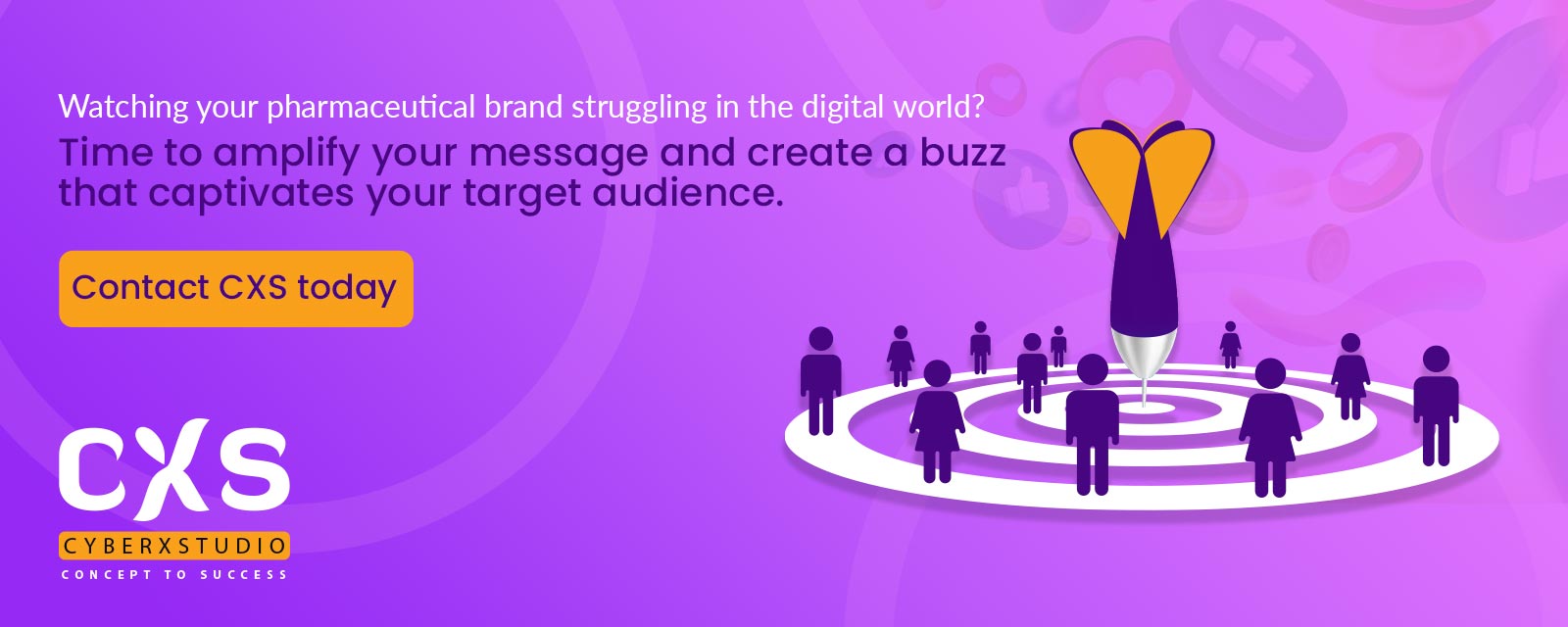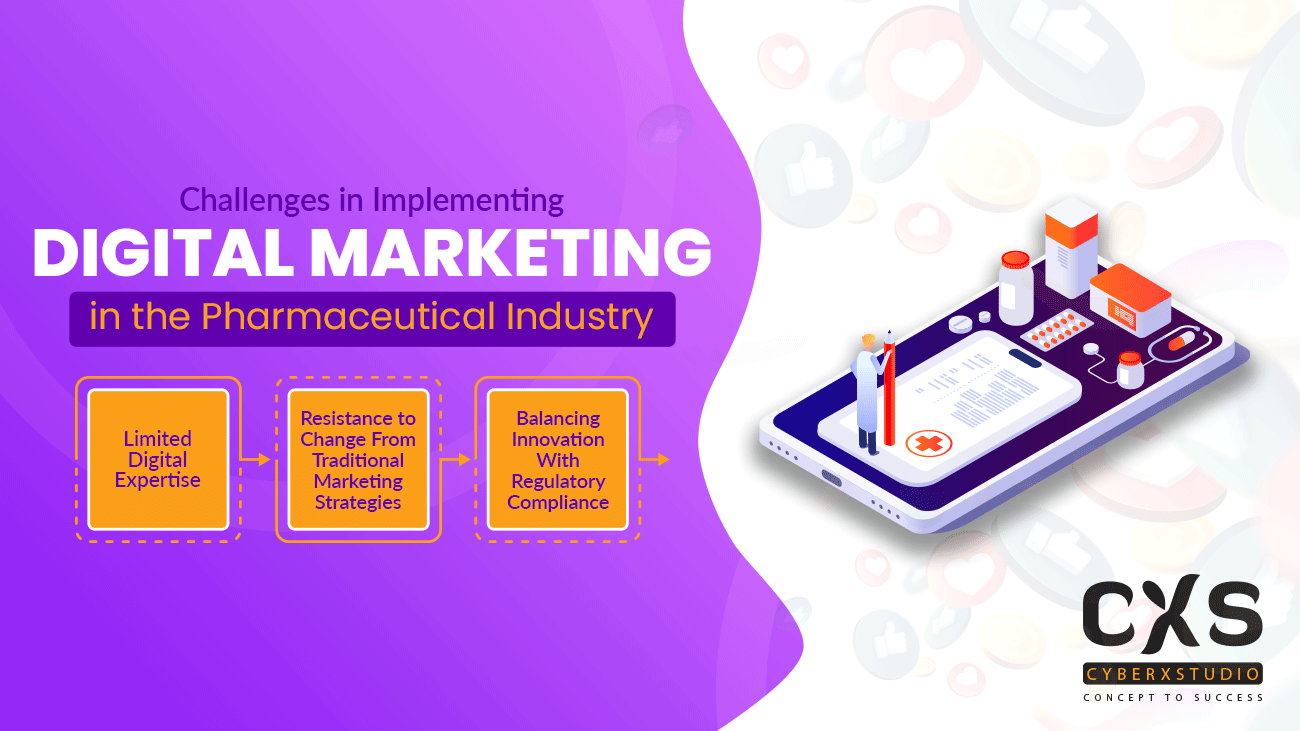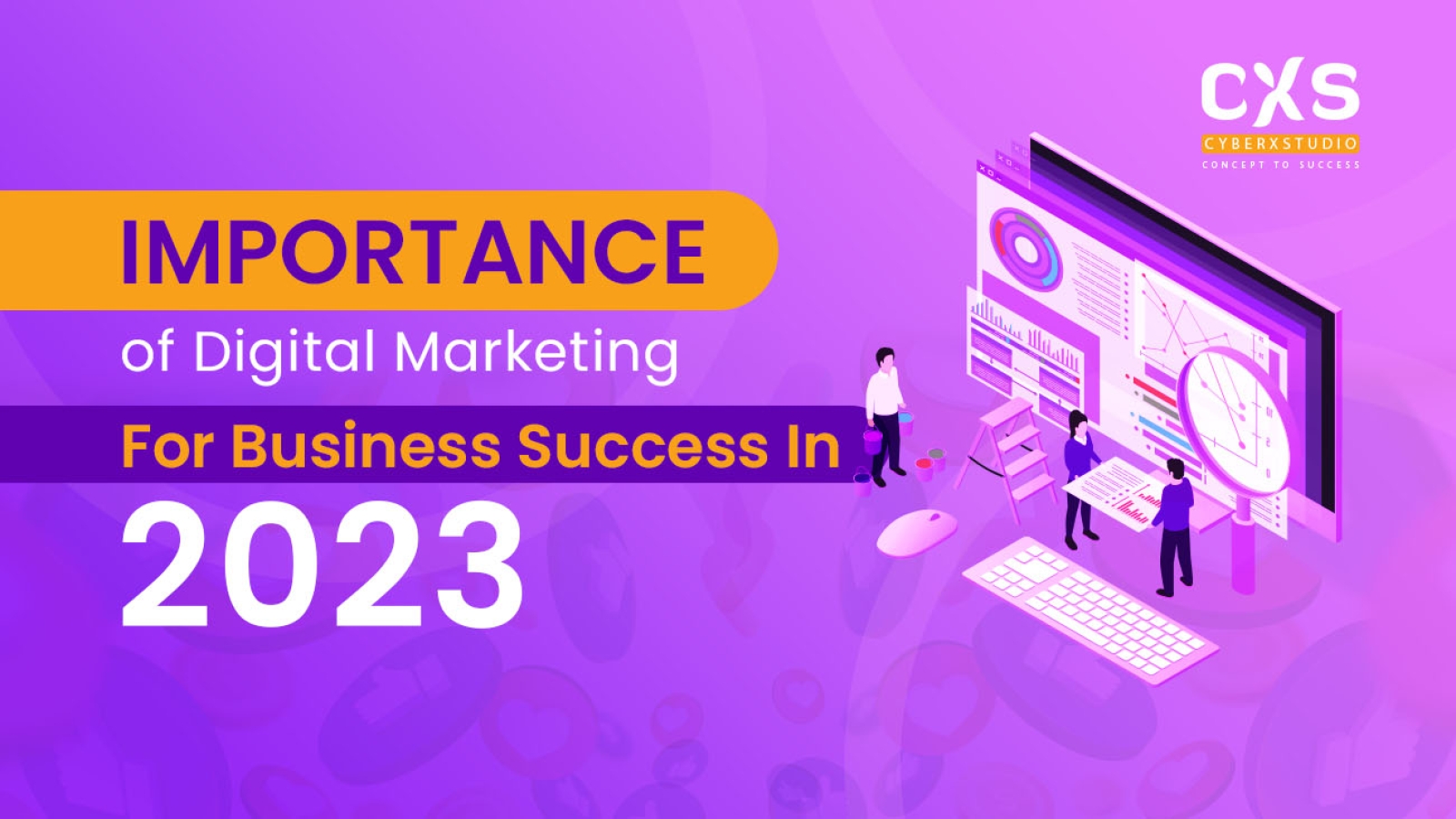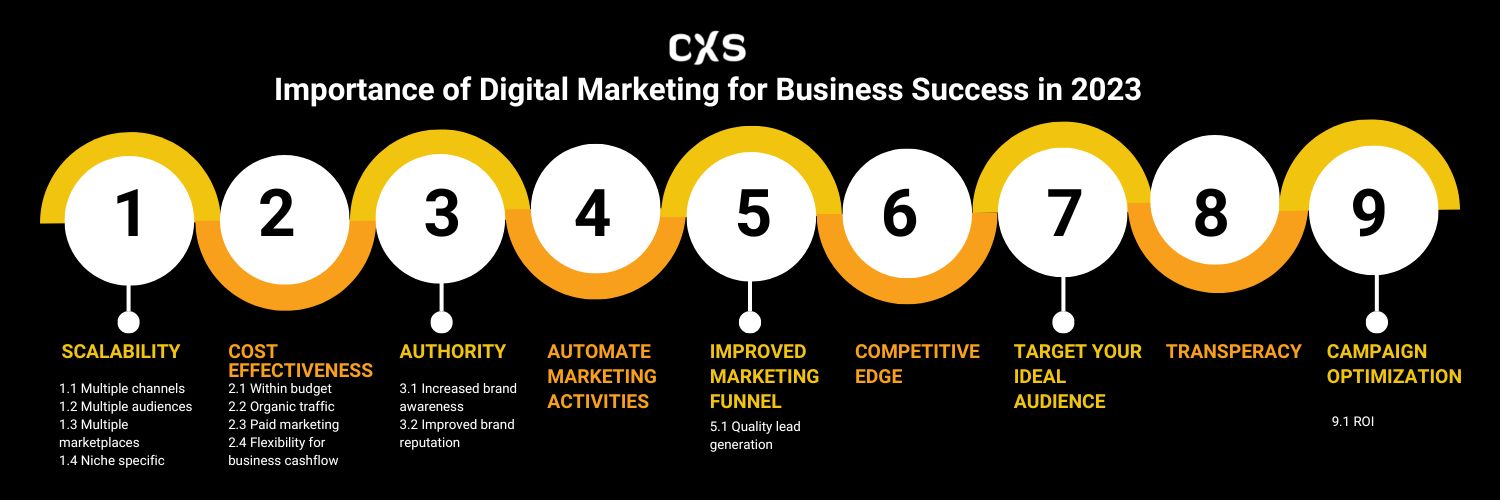In today’s competitive business landscape, where competition is fierce and consumer attention spans are fleeting, branding stands out as the linchpin of success. Creating a unique identity and connecting with the audience has never been trickier.
Amidst the crowded marketplace, a competitive edge is the only way out for businesses, but how to achieve all this?
From small startups to multinational corporations, strong branding plays a crucial role in marketing success. It helps establish a distinctive identity, fostering customer loyalty and conveying brand values and promises. Effective branding aids in building emotional connections with the audience that ultimately drive sales and sustainable profitability.
This article gathers the top 7 roles of branding in business marketing success.
Understanding Branding in the Simplest Terms
Branding involves creating, fashioning, and promoting a unique yet compelling identity for a company in customers’ minds. It encompasses strategic efforts to establish a distinct personality, values, and reputation that differentiates you from your competitors. Brand marketing involves crafting compelling brand narratives, visual elements such as logos, and messaging that resonate with target audiences.
Effective branding creates emotional connections and builds trust to evoke a high level of loyalty among customers. It extends beyond mere advertising to encompass every interaction and touchpoint, including packaging, customer service, and online presence, to create a consistent, user-friendly, and praise experience.
Strong Branding can lead to positive word-of-mouth promotion and swift awareness among existing and potential consumers.
A Rundown of the Roles of Brand Marketing
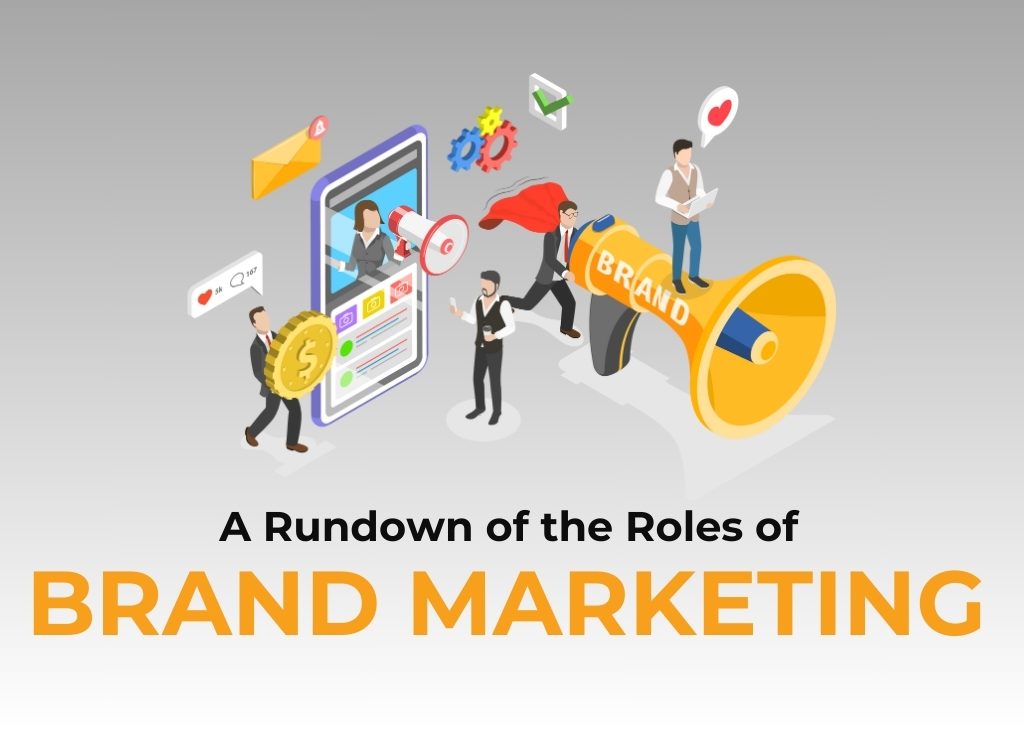
Brand marketing is the sum total of how a company is perceived by its audience – both existing and potential customers. From an aerial view, the role branding plays in marketing success include:
- Differentiation: Branding helps businesses stand out in the competitive marketplace by positioning them among the top performers by creating a unique and compelling identity.
- Recognition: Strong service and product branding facilitates instant recognition among consumers, increasing visibility across global audiences.
- Trust and Credibility: A well-established brand is synonymously a customer magnet because of the level of trust it gets, ultimately leading to increased client loyalty and repeat business.
- Emotional Connection: Effective branding connects with consumers on an emotional level by addressing their pain points. Hence building deeper relationships and brand advocacy.
- Consistency: Strong branding maintains consistency across all touchpoints, whether they are social media, online platforms, websites, and others, creating a cohesive brand experience for consumers.
- Pricing Power: Strong brands can command premium pricing while reflecting their ability to be less sensitive to price fluctuations than generic or unknown products.
- Expansion Opportunities: Successful brand marketing opens doors for brand extensions, partnerships, and expansion into new markets, driving business growth and success.
Read along for further elaboration on the role of branding in marketing and overall business success.
- Establishing Identity and Recognition
One of the primary roles of brand marketing is to establish your company’s identity and boost recognition. A strong distinction makes it easier for consumers to identify and remember a company among a sea of competitors.
For example, the iconic swoosh of Nike or the golden arches of McDonald’s. These symbols are instantly recognizable and evoke specific associations with brand and brand promises.
- Building Trust and Loyalty
Client trust is one of the pillars of successful business relationships and long-term loyalty, and branding plays a significant role in cultivating it. A well-executed brand marketing strategy communicates reliability, consistency, and authenticity to consumers.
- Driving Client Perspective
Client perception is an unavoidable reality in the world of brand marketing. How consumers perceive a brand influences their purchasing decisions and their overall affinity toward the company.
According to a study by Nielsen, 59% of customers prefer buying products or services from brands that they are familiar with. This highlights the importance of brand recognition and reputation in influencing consumer behaviour.
- Competitive Advantage
In today’s hyper-competitive landscape, establishing a strong brand is essential for gaining a competitive edge. A compelling brand narrative, backed by consistent messaging and innovative marketing campaigns, can help companies stand out amidst fierce competition. The “B2B Brand Strategy Report” by McKinsey & Company indicates that 77% of B2B leaders claim that brand marketing is critical to growth.
- Commanding Premium Pricing
A strong brand allows companies to command premium pricing for their products and services. Consumers are often willing to pay more for products associated with trusted and reputable brands. An effective brand marketing strategy shows your company is reliable and trusted across different audiences.
- Adaptation to Market Changes
Effective brand marketing gives companies a solid foundation to weather market fluctuations and navigate industry challenges. Companies with strong equity are better positioned to scale themselves per changing customer behaviour and preferences and dynamic market shifts. During times of uncertainty, brand loyalty can act as a buffer, ensuring continued customer support and revenue streams.
- Building Emotional Connections
The importance of branding can not be unseen as it can evoke emotional connections with consumers, building long-term relationships and brand loyalty. Successful brands tap into consumers’ emotions, creating resonance and affinity that go beyond mere transactions. Hence, emotionally engaged consumers are three times more likely to spread the word about your company, its uniqueness, and reliability.
Wrapping it up!
Branding is not any superficial component of business marketing; it’s the backbone of a company’s identity and reputation. In today’s fiercely competitive marketplace, where consumer choices abound, it is the key to standing out, building trust, and driving long-term success. By investing in branding strategies that resonate with your target audience and convey authenticity and value, you can amplify lasting connections and secure their position in the hearts and minds of consumers.
One thing remains clear: the crucial role of branding in marketing success cannot be overstated. Whether you’re a startup looking to make a splash or an established enterprise aiming to stay relevant, branding carves out a distinct identity, consumer trust, and sustainable business growth.
Let CyberX Studio Help You Build Your Brand

We understand the importance of branding and take pride in offering bespoke marketing services to position clients at the front in the competitive marketplace. Our expert designers create appealing graphics, logos, and advertising material to position our clients distinctively in front of their customers. Engaging content, increasing brand awareness, and reaching global audiences are other expertise to add. Get in touch with our branding marketing specialists and witness your business progressing uniquely.
Contact Us!







